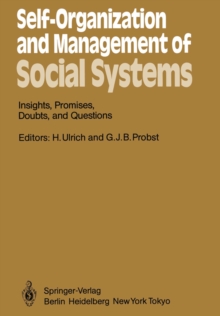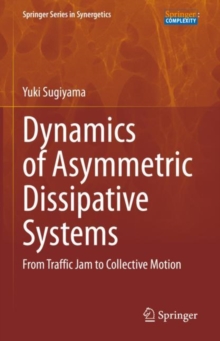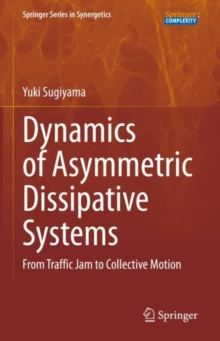
Brownian Agents and Active Particles : Collective Dynamics in the Natural and Social Sciences PDF
by Frank Schweitzer
Part of the Springer Series in Synergetics series
- Information
Description
When we contemplate phenomena as diverse as electrochemical deposition or the spatial patterns of urban development, it is natural to assume that they havenothing incommon.
Afterall,therearemanylevelsinthehierarchythat builds up from atoms to human society, and the rules that govern atoms are quite di?erent from those that govern the geographical emergence of a city.
The common view among many, if not most, biologists and social scientists is that the devil is entirely in the details.
This school of thought asserts that social science and biology have little or nothing in common, and indeed many biologists claim that even di?erent ?elds of biology have little in common.
If they are right, then science can only proceed by recording vast lists of details that no common principles will ever link together.
Physics, in contrast, has achieved a parsimonious description for a broad range of phenomena based on only a few general principles.
The phenomena that physics addresses are unquestionably much simpler than those of biology or social science, and on the surface appear entirely dissimilar.
A cell is far more complicated than a pendulum or an atom, and human society, being builtoutofagreatmanycells,isfarmorecomplicatedstill.
Cellsandsocieties have many layers of hierarchical organization, with complex functional and computational properties; they have identities, idiosyncracies stemming from an accumulation of historical contingency that makes them impossible to characterize in simple mathematical terms.
Their complexity is far beyond that of the simple systems usually studied in physics.
Information
-
Download Now
- Format:PDF
- Publisher:Springer Berlin Heidelberg
- Publication Date:29/08/2007
- Category:
- ISBN:9783540738459
Information
-
Download Now
- Format:PDF
- Publisher:Springer Berlin Heidelberg
- Publication Date:29/08/2007
- Category:
- ISBN:9783540738459



